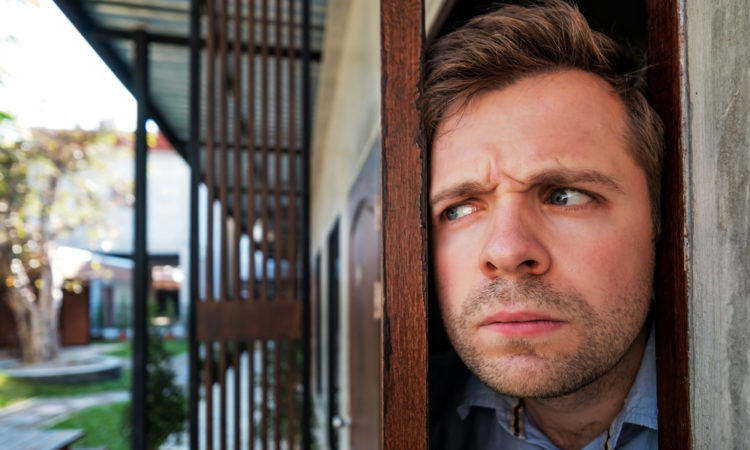
Coronavirus vs Agoraphobia
This past week, I read up on a woman with agoraphobia coupled up with OCD. Wendy Sparrow states, “My condition is seen as excessive rather than sensible.” I can only imagine how strenuous it is on her. One of the problematic symptoms of OCD is intrusive thoughts. She’ll think of thoughts like “It’s safe inside my house. I don’t need to go out.“ Rationalizing with her thoughts only makes it worse. Her story had me dive deeper into the true conditions of panic disorders. Knowing how to cope with panic disorders can help bring yourself back in order.
Humans have a tendency to respond in a fight or flight mechanism when it comes to most situations. Reasons for this are quite normal. There’s a built-in safety device that allows us to respond very quickly when we feel threatened. It roots back to our ancestors surviving by either fighting off a predator or escaping from one. Hence, we have a strong urge to flee
However, this type of strategy can physically make things worse by increasing the heart rate. That’s why you have to neutrally observe the sensation even if it is unpleasant at the moment. Being in fight or flight mode can make one feel as if they are losing control. Of course, antidepressants can be useful in control of these attacks but medication that’s highly sedated should be avoided.When people are afraid of something, they have a tendency to avoid the fear believing that they are in great danger. Yet, avoiding it can only make it worse. The only way to change your response is to confront your fears and there is a particular way to do that
Graded Exposure
One of the greatest methods for confronting your fear is through graded exposure. This method helps break the pattern of avoidance and fear. There are several variations of exposure therapy, two of which are imaginal and systematic desensitization. Imaginal exposure is vividly imagining the object or activity. Systematic desensitization is combined with relaxation methods to make the individual few more manageable when it comes to the feared object. In result, the individual is helped in many ways. They go through habituation realizing that the feared object is no longer fearful. Extinction exposes the weakened object and dismisses bad outcomes. Self-efficiency shows the clients that they are able to manage the anxiety on their own. Finally, emotional processing teaches clients how to attach a new, realistic belief in exchange for the old one. The process works like this: you write down your goal and you break it into smaller parts. So, let’s say your goal was to catch the train by yourself. Breaking it down would go something like this:
Travel to one stop and return back in rush hour
Travel to two stops and come back in rush hour
Travel to three stops and come back with a friend
Travel to the city have your friend meet you there
Do you see where I’m going with this? Actively changing your ways helps diminish the fear that results in anxiety. For some people, going on the train is scary since you can’t escape.Each step should be something you think you can do even if you think you can’t do it. Remember, you’ve had this habit for so long that change does seem merely impossible. Start with something you think you can do and repeat it until you have enough confidence in yourself. If you need inspiration on achieving momentum, I suggest you listen to Abraham Hicks. If the steps are too easy, go onto the next one. If it’s too hard, then step back and do something easier but that is harder than what you’ve already done.Grading exposure can take time so be easy on yourself. Over time, you will see that your feelings are not dangerous.
Some people say that during an anxiety attack they feel that they cannot get enough air. This is because the human body needs a certain balance between carbon dioxide and oxygen. When you breathe too quickly, there’s not enough carbon dioxide to balance out the oxygen. In order to stop this you need to slow down your breathing so you can reduce the carbon dioxide. Breathing too much or too quickly can cause dizziness and lightheadedness. Slowing down your breath helps you settle down and releases adrenaline to turn off the fight or flight response. Try breathing in and out for six seconds in 10 reps. If you need more time, try this 3 minute meditation to relieve stress and anxiety.
All in all, there are ways to reduce your anxiety with agoraphobia. I know it’s painful and stresnous having to live your life this way. However, you can get help. At Counseling on Demand, we’d be more than happy to work with you on the grading exposure if we feel that it benefits you. If not, there are other CBT techniques to choose from. Accept your condition even if others don’t understand. Besides, we all have something about ourselves that others would question, judge or be prejudiced about. That is on them, not on us. Conclusively, one that doesn’t try to understand others cannot understand themselves.